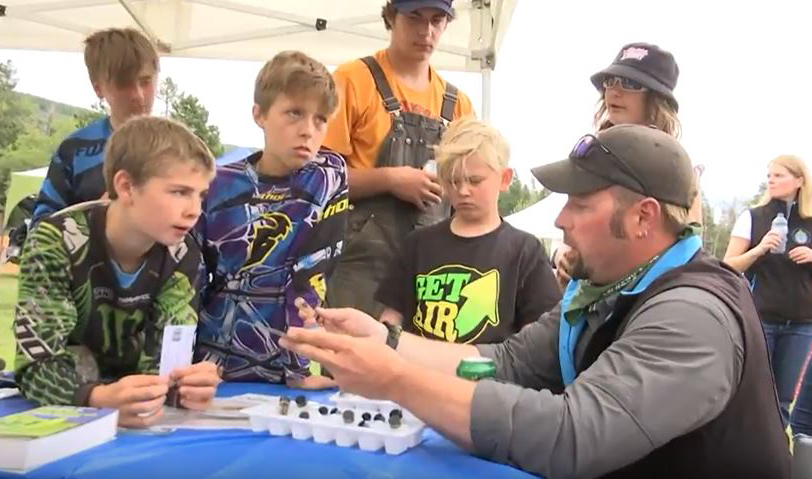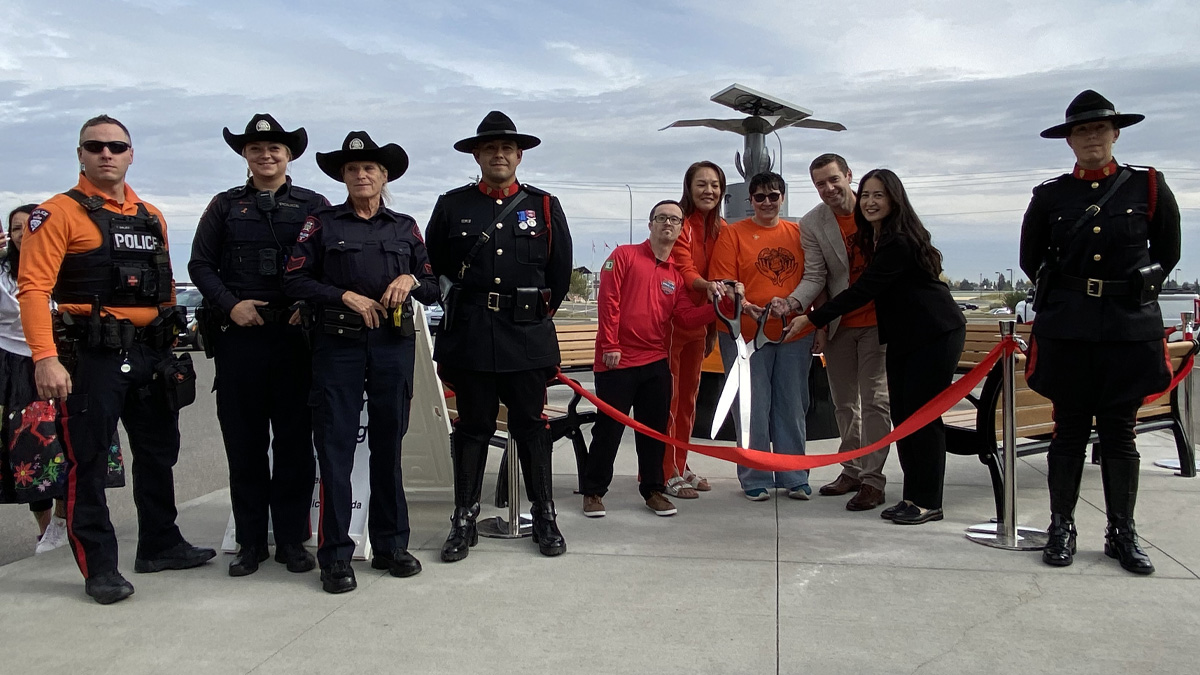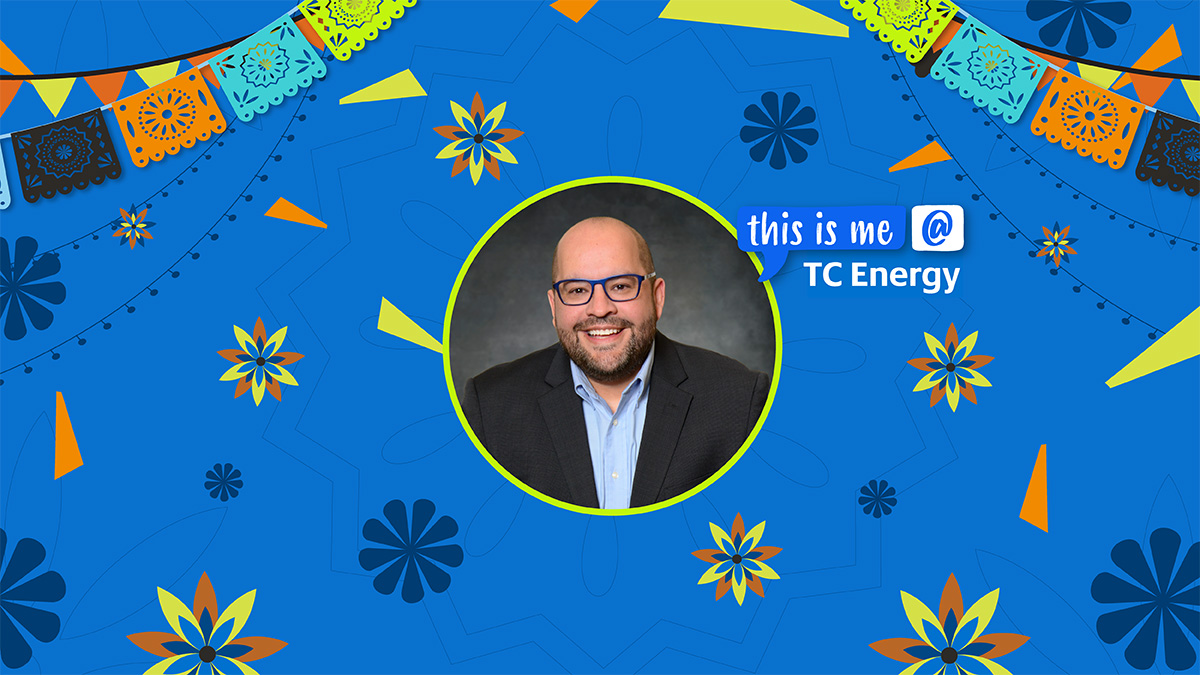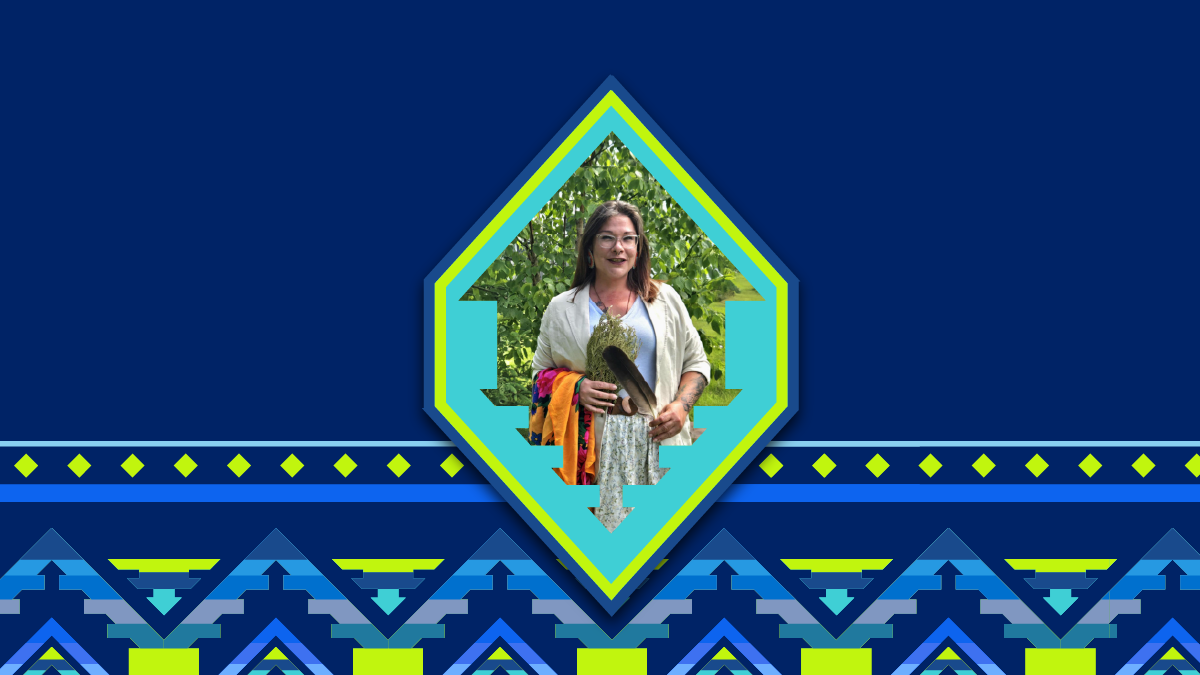Nov 7, 2025
Southern Alberta community rallies to restore trout habitat
Sometimes small steps can springboard into leaps. Removing an old, forgotten and collapsed bridge in a small foothills stream and restoring habitat features could be just the little nudge needed to encourage the recovery of the threatened Westslope cutthroat trout population in Allison Creek in the Crowsnest Pass area of southern Alberta.
“Westslope cutthroat trout are beautiful little salmonids, perfectly adapted to the cold, clear moving streams that run through the area, but they are also so sensitive to human activity,” said Kim Ogilvie, manager, environmental planning and permitting, pipeline integrity for TransCanada.
The health of the trout population is often seen as an early indicator of the health of the stream.
Following the 2013 flooding in southern Alberta, four pipelines on TransCanada’s NGTL natural gas pipeline system required remedial work. Since the impacts of the flooding were unavoidable and fish were already challenged by human activity in the area, TransCanada devised a plan to improve their habitat by removing a barrier to spawning areas last summer.
“When fish are unable to reach their preferred spawning areas, it can have an impact on the sustainability of a population,” Ogilvie explained.
Once the bridge was removed, TransCanada restored the channel and banks using various techniques such as placing root wad cover into the banks and planting native species in the riparian area to enhance fish habitat.
Working with local OHV users to restore trout habitat
As part of the bridge removal project, TransCanada reached out to local community and conservation groups and also worked with local off-highway vehicle (OHV) users to direct vehicles to nearby existing bridges.
Trail traffic crossing the creek has taken a toll on trout spawning beds by disturbing sediment that can smother incubating eggs downstream. The hope is that by removing the creek crossing, traffic will be significantly reduced at the location, preserving important upstream habitat and improving local water quality, which in turn will give these fish the boost needed to recover the local population.
Unfortunately, these trout are limited to less than five per cent of their original habitat range. The situation is so serious that in December 2015 the federal government issued a critical habitat protection order for the trout.
“We want recreational users to know that activities that alter fish habitat, release sediment, or increase erosion in the riparian areas that line the steam can delay the recovery of these iconic fish and add risk of their disappearance forever,” says Ogilvie.
“Collaborative efforts like this one between TransCanada and off-highway vehicle or OHV groups like the Crowsnest Pass Quad Squad are important to help keep wheels out of water,” says Sofie Forsström, education program manager, Oldman Watershed Council.
‘We all have a part to play in protecting our watershed’
“We recognize that there are many different land uses in our watershed and their cumulative effects can have a negative impact on environmental quality and habitat for threatened species. We all have a part to play in protecting our watershed – it’s important to work together. After all, when it comes to water quality, we are all downstream.”
The Quad Squad encourages all its member trail users to ride with respect and use bridges as opposed to crossing through the water, allowing nature to rehabilitate this portion of Allison Creek to a productive trout spawning channel.
“Over its 18-year history, the Quad Squad has installed more than 60 bridges, costing millions of dollars from both grants and privately raised monies,” said Gary Clark, club president.
“We have done this not to get our feet wet, but because of the concern we have for our environment. We build bridges to protect the fish and water banks. That is why we fully support TransCanada, Oldman Watershed Council, and Cows and Fish for the projects they are working on.”
“But it makes it all worthless if riders cross the waters instead of using the bridges we’ve built for them,” he explained. “We ask all our members to help us help you keep riding. Use the bridges, stay out of the water.”




